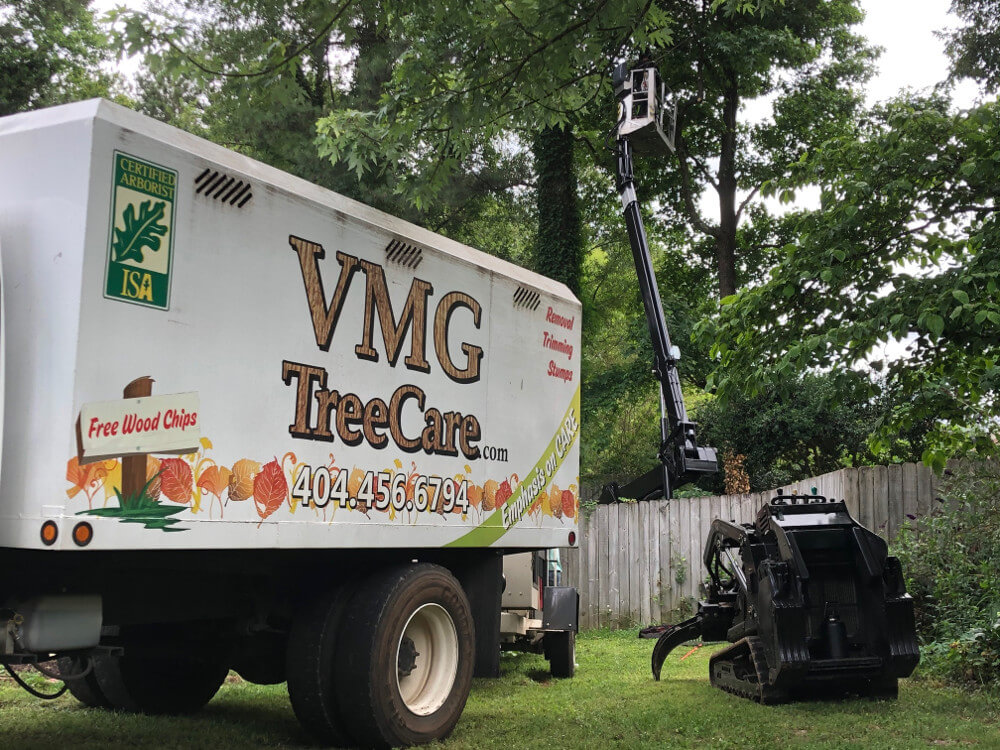As the calm days of summer give way to the unpredictable tempests of storm season, the safety and well-being of your trees—and by extension, your property—can become a significant concern. Trees, while majestic and sturdy, are not immune to the fury of nature. The damage inflicted by storms can range from minor limb breakage to complete uprooting, posing risks not just to the trees themselves but also to nearby structures and individuals. Preparing your trees for storm season is, therefore, not just a matter of landscaping aesthetics but of safety and prevention.
Understanding the Risks
Storms can wreak havoc on trees, causing various types of damage such as limb breakage, structural failure, or even uprooting. Certain factors can predispose trees to storm damage, including their age, species, health status, and inherent structural weaknesses. For instance, older trees or those with pre-existing diseases are more likely to sustain damage during a storm. Recognizing these vulnerabilities is the first step in storm-proofing your trees.
Pre-Storm Preparation Strategies
Tree Inspection: A thorough inspection of your trees is crucial before storm season hits. Look for signs of disease, decay, or damage that could compromise a tree’s integrity. Pay special attention to the branches, trunk, and root system, as weaknesses in these areas can lead to failure during a storm.
Pruning: Proper pruning is one of the most effective ways to prepare your trees for storm season. Removing dead, diseased, or weak branches reduces the risk of these branches becoming dangerous projectiles during high winds. Additionally, pruning can help improve the tree’s overall structure and reduce its wind resistance. It’s important to follow best practices for pruning to avoid causing further harm to the tree. Ideally, pruning should be done in late winter or early spring, well before the onset of storm season.
Cabling and Bracing: For trees with structural weaknesses, such as large, overextended branches or weak branch unions, cabling and bracing can provide additional support. This preventive measure involves installing cables or rods to stabilize the tree and distribute the load more evenly, reducing the risk of branch failure.
Mulching and Watering: Maintaining the health of your trees is essential for their ability to withstand the stresses of storm season. A layer of organic mulch around the base of the tree can help retain soil moisture, regulate soil temperature, and reduce competition from weeds. Proper watering, especially during dry periods, ensures that trees remain hydrated and more resilient to storm damage.
Professional Assessments
Not all storm preparation tasks can or should be handled alone. For trees that present a significant risk due to their size, condition, or location, a professional assessment by a certified arborist is invaluable. Arborists can provide a detailed evaluation of a tree’s health and structural integrity, offering recommendations for pruning, cabling, or even removal if necessary. Their expertise can be particularly crucial for trees that are close to buildings or power lines, where the risk of damage is high.
Emergency Preparedness and Response
Having an emergency kit and a plan in place can make post-storm recovery more manageable. Your kit should include basic tools for clearing small debris, such as hand saws and pruners, along with safety gear like gloves and helmets. After a storm, conduct a careful assessment of your trees and property for any damage. While minor issues like small broken branches can often be handled on your own, significant damage may require professional assistance.
Long-Term Tree Care for Resilience
The best defense against storm damage is a strong offense in the form of regular, year-round tree care. Annual inspections, proper pruning, and attention to soil health can all contribute to the strength and resilience of your trees. Additionally, when planting new trees, consider species that are known to be resilient to storms and appropriate for your local climate and soil conditions. Choosing the right tree and planting it in the right place can significantly reduce the risk of storm damage in the future.
Preparing your trees for storm season is an ongoing process that requires attention to detail and an understanding of the specific needs of your landscape. By taking proactive steps to inspect, prune, and care for your trees, you can minimize the risk of storm damage and ensure that your trees remain a beautiful and safe part of your property for years to come. Remember, the time and effort invested in preparation can make all the difference when the next storm hits.


